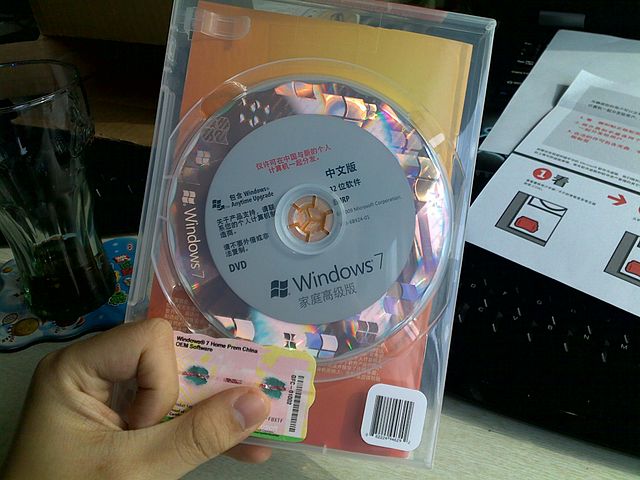“Upgrade to Windows 10”. This is perhaps the single most persistent and obstinate “Recommended Update” that Windows 7 and Windows 8.1 PC users always have to endure every single day. In fact, it’s so obstinate, that Microsoft seems to always have complex schemes to trick people into finalizing that update, the latest of which the company has successfully pulled off just very recently.
In light of these events however, we still ask the most basic question of all: why stay? More specifically, why do some people maintain their seemingly absolute (and ironic) persistence and obstinacy in using Windows 7, despite Windows 10 being a free upgrade? Well, here are some of the probable reasons why:
It is the last ‘PC-optimized’ Windows
Ever since Windows 8, Microsoft had always felt the need to compete with the growing world of mobile computing. This isn’t exactly a bad thing mind you. Ever since tablets and smartphones became part of regular everyday life, users have always liked and appreciated the convenience and accessibility of touch interfaces.
Unfortunately, this very same trend for access innovation is also what led to Windows finally heading into the touch realm. The experience of using Windows as a PC just isn’t the same with such tile-dominated, shortcut-optimized GUIs. Granted, Windows 10 was actually a step back from this trend, but it just isn’t the same, at least not the same as how Windows 7 still had the feel and vibe of all of its predecessors. This may be just a matter of preference, but it is without a doubt, something that makes Windows 7 a solid keeper for many users.
It is still very well supported
Continued support for operating systems usually last for quite a long time. What made people stuck to their up-to-date Windows XPs might have well been also the exact same reason why a considerable number of users still keep using Windows 7. As of 2015, free support for Windows 7 has been officially discontinued, but paid support goes on till at least 2020. Might be a very obvious and boring reason, but still a very legitimate and firm reason nonetheless.
In fact, in terms of active support, Windows 7 has just been treated very recently to a kind of bundle pack update, which specifically covers all the updates made and released between 2011 (SP1) and early 2016. With this kind of step-by-step support conveniently being provided to Windows 7 constantly, it is indeed becoming a wonder why a user would even consider taking the next giant leap to Windows 10.
It is great as it is
Let’s face it. Even with the hype that users and reviewers gave on Windows 8.1 and Windows 10, it didn’t really gave off the vibe that we sincerely felt during the transition from Vista to Windows 7, or from Windows ME to XP, or even from Windows 3.11 to Windows 95. Perhaps, part of the reason is relative stability; gone are the days of Microsoft’s version of the Star Trek movie curse, and updates no longer entail overhauling features just to fix or correct previously implemented ones.
In addition, persistent Windows 7 users usually take the reasoning that if you’ve never had any other issues with the one you’re currently using, why go with the upgrade? It’s not like the specs of your new Windows 10 workstation is going to be drastically different anyway. True, not only keeping your Windows 7 PC saves you money, but deciding so might even save you from a few hanky-panky concerns other early adopters previously had with the updated OS.
Of course, depending on the circumstances, all of us would eventually adapt and move on. Perhaps, maybe towards something that is even more advanced than Windows 10. But not today, and most likely not in the foreseeable near-future.
